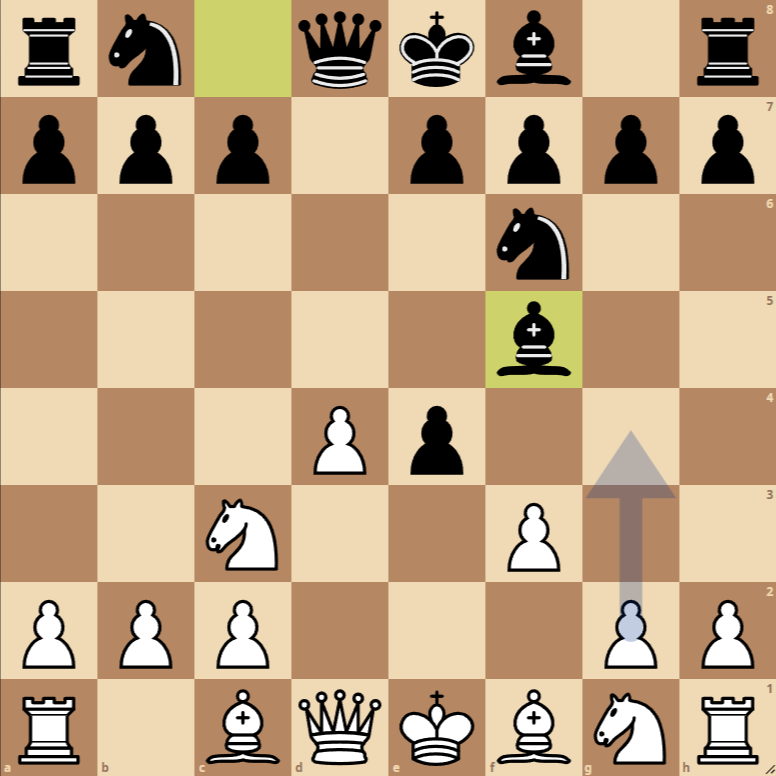How to Play the Vienna Defense Opening
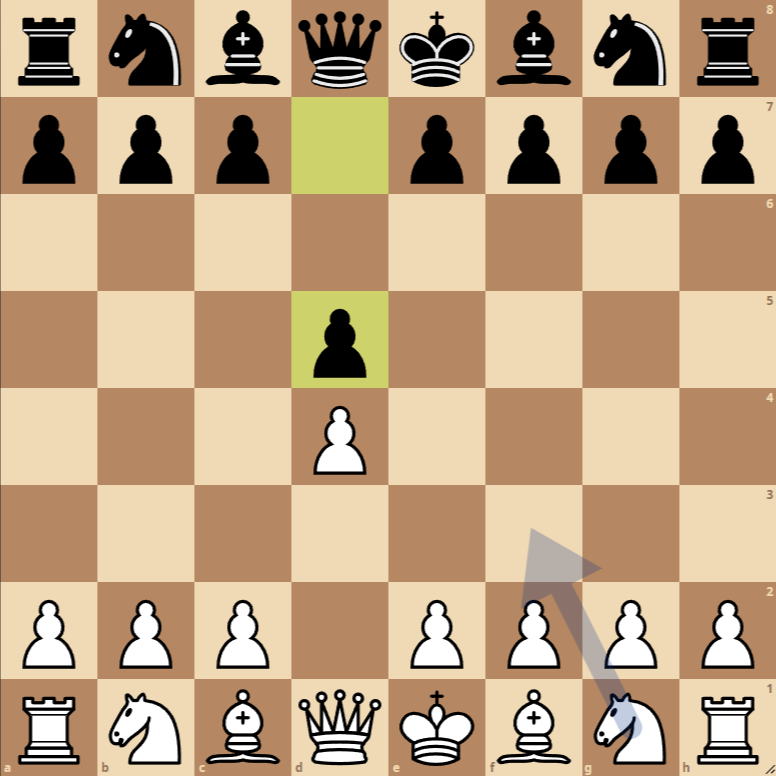
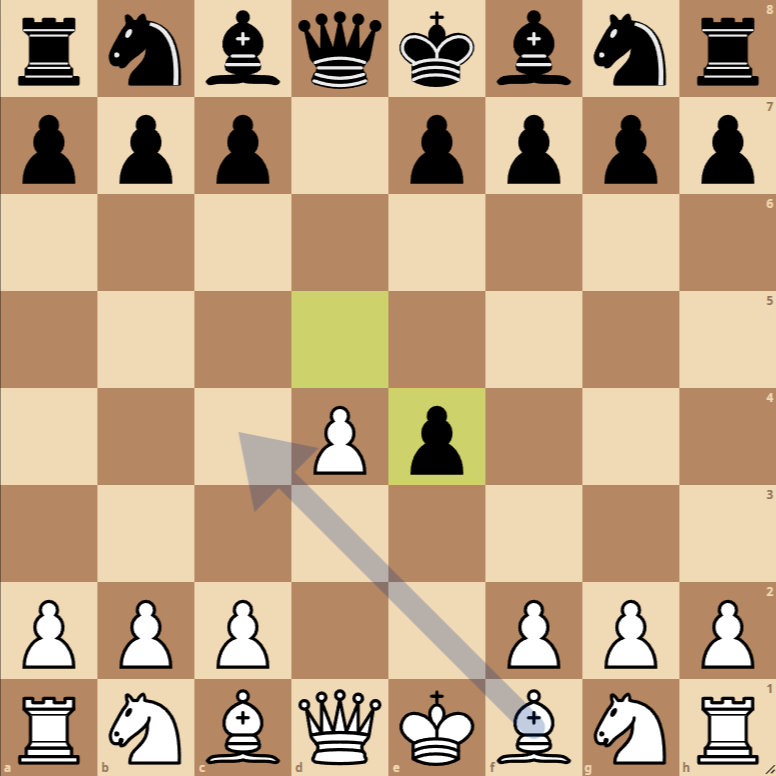
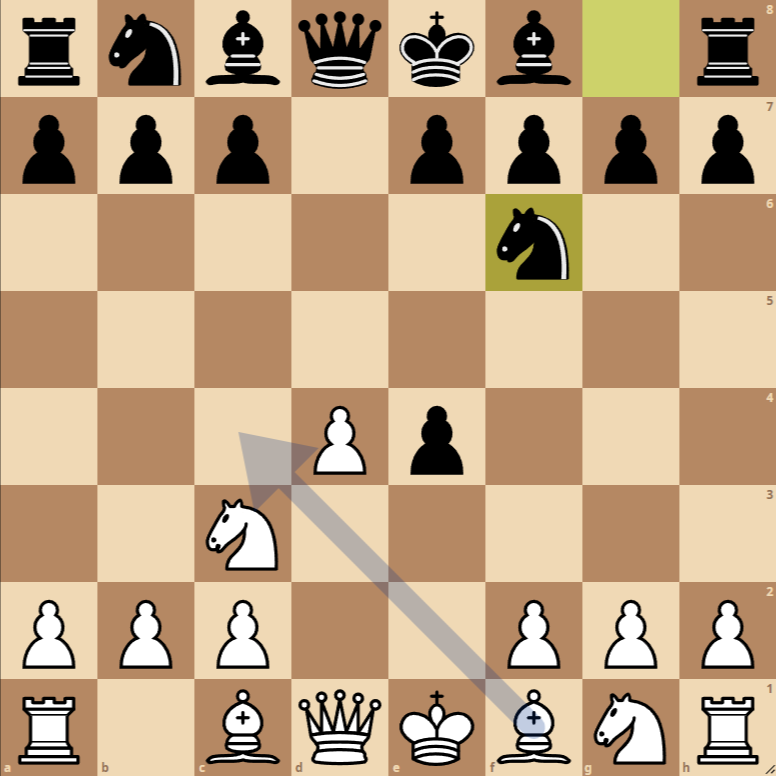
- 1. d4 d5: White initiates control of the center, and Black responds in the same way, establishing a solid structure.
- 2. e4 dxe4: White offers a pawn to unbalance the center and open lines for their pieces. Black accepts the gambit by capturing the pawn on e4.
- 3. Nc3 Nf6: White develops a knight, threatening to recapture the pawn on e4. Black develops a knight, protecting the pawn on e4 and controlling the center.
- 4. f3 Bf5: White prepares to recapture the pawn on e4, putting pressure on the center. Black develops a bishop to f5, maintaining pressure in the center and targeting the white king.
Variants of the Vienna Defense Opening
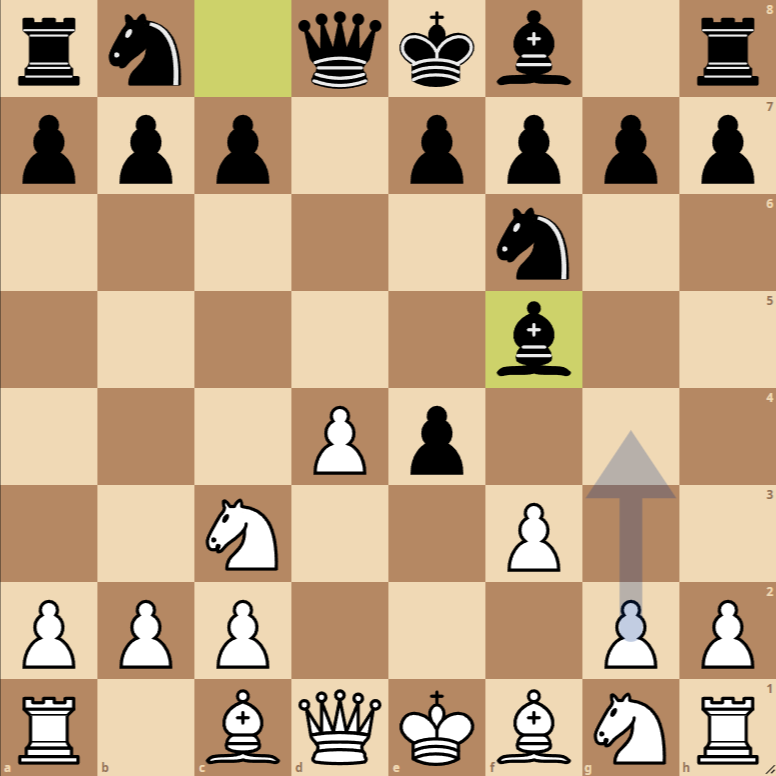
Variant 1: 4… e6
An alternative for Black after 3…Nf6 is to continue with 4… e6, aiming to reinforce the center and prepare the development of the dark-squared bishop.
Variant 2: 4… c6
Black can choose to play 4… c6, supporting the pawn on d5 and preparing for a possible expansion on the queen’s side.
Variant 3: 3… e5
After 2…dxe4, an aggressive option for Black is 3… e5, directly challenging the center and seeking to activate their pieces quickly.
The sequence of moves presented introduces an interesting variation of the Vienna Defense
An opening that typically starts with 1. d4 and 2. e4. Through these moves, White aims to establish strong central control, while Black responds with moves that challenge this idea and seek to counter White’s central influence.
Let’s examine the position after 4…Bf5 and explore the strategies and tactics for both sides, as well as the following suggested best moves: fxe4, Bg5, or g4.
White’s Strategy and Tactics
After 4…Bf5, White has several options to further develop their game and strengthen their position. The suggested moves – fxe4, Bg5, and g4 – reflect different strategic approaches.
fxe4: This move recaptures the pawn on e4 and frees the f3 square for the knight or queen, preparing the way for a possible kingside castling. By recapturing with the f-pawn, White opens the diagonal for their c1 bishop, which could allow them to develop it effectively with Bg5. This move focuses on maintaining tension in the center and preparing the development of minor pieces to control key squares.
Bg5: By developing the bishop to g5, White directly targets the Black knight on f6, exerting pressure on the pawn on e4 and potentially weakening Black’s king’s defense if Black decides to trade on f6. This move also sets the stage for a more tactical game, aiming to create weaknesses in the opponent’s pawn structure and generate attacking opportunities.
g4: This is a more aggressive move that aims to dislodge the Black bishop from f5 and gain space on the kingside. While g4 is riskier because it weakens White’s squares around their own king, especially if White has not castled yet, this advance can be used to attempt to dominate the kingside and prepare a direct attack against the Black king.
Black’s Strategy and Tactics
Black, on the other hand, needs to focus on consolidating their position and countering White’s threats. After 4…Bf5, Black has developed a minor piece and exerts pressure on the c2 square, potentially weakening White’s defense if not handled correctly.
In response to fxe4, Black might consider reinforcing their center with …e6, preparing the development of their dark-squared bishop and facilitating kingside castling. Additionally, counterattacking in the center with …c5 could be an option to challenge White’s pawn structure and open lines for their rooks.
Against Bg5, Black needs to carefully evaluate the exchange on f6. Accepting the exchange could weaken their king, but declining it could mean losing time. Moving the knight to d7 or e4 are options to consider, maintaining tension and positional integrity.
When facing g4, Black can choose to retreat their bishop to g6, where it continues to exert pressure on the center and the diagonal, while keeping the option of …h5 to challenge the advance of the White pawn. This response also allows Black to maintain flexibility in their pawn structure and prepare for a counterattack.

